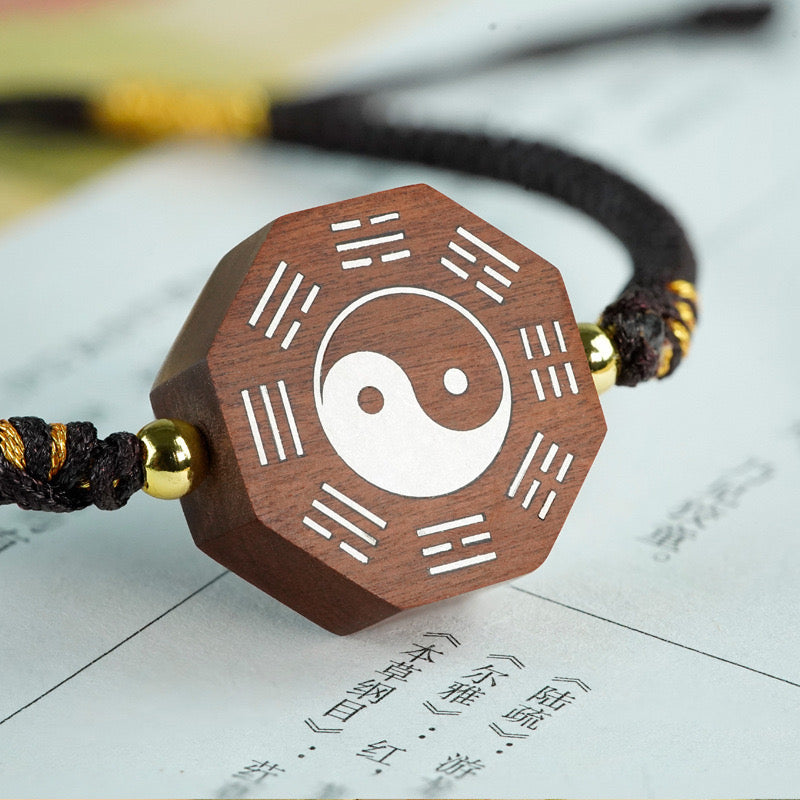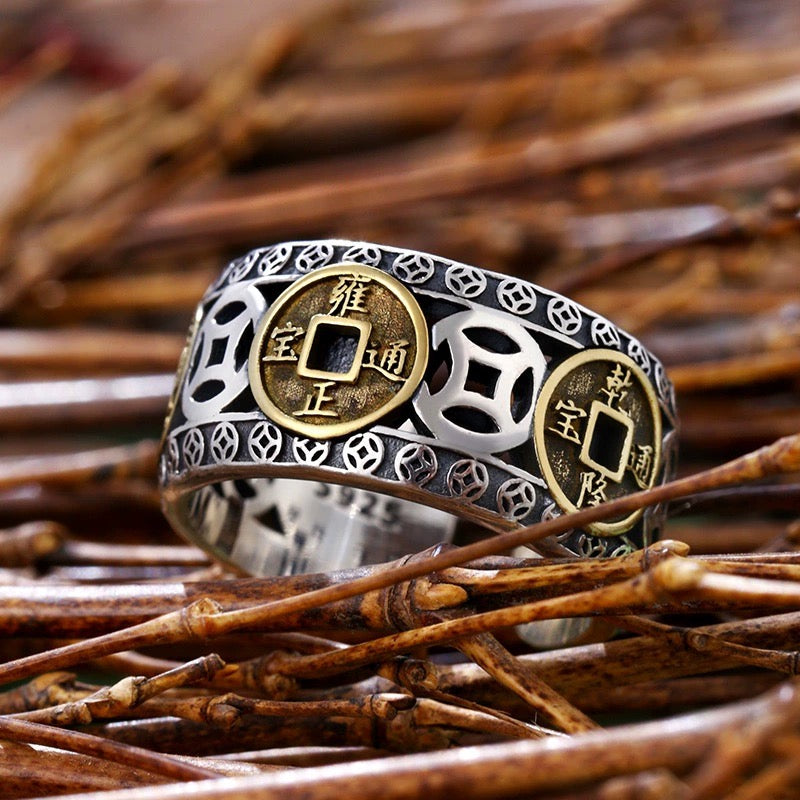How to Balance Family Relationships Through Feng Shui—— Balancing Family Energy
Table of Contents
Utilizing Feng Shui indoors can help create a harmonious and balanced living or working environment, thereby enhancing the health, wealth, and happiness of the inhabitants. Here are some common indoor Feng Shui practices

1. Layout and Orientation
Door Orientation
- Keep the main door clean and bright: The main door is the primary passage for airflow, so it should be kept clean and bright, avoiding direct alignment with sharp corners, columns, or narrow corridors.
- Avoid "piercing heart sha": The main door should not directly face windows or back doors to prevent airflow from passing through too quickly, which is unfavorable for accumulating energy.
- Entrance decor: Placing green plants or a Feng Shui wheel at the entrance can enhance a harmonious atmosphere and positive energy.
Room Layout
- Bedroom: The head of the bed should be against a wall, and the bed should not face the door to ensure a stable sleep. The bedroom should avoid excessive electronic devices, maintaining a tranquil and yin atmosphere. Mirrors should not face the bed to avoid affecting sleep quality.
- Living Room: The living room should be spacious and bright, with furniture arranged to avoid obstructing the flow of energy. The sofa should back onto a solid wall, forming a "backing," and bright lighting should be set up to create a warm atmosphere.
- Kitchen: The stove symbolizes family wealth and health, so it should be kept clean and should not face the sink or refrigerator to avoid fire-water conflict. Kitchen knives should be stored in drawers and not exposed.
2. Colors and Elements
Color Application
- Choosing colors based on the five elements: Select suitable colors according to the theory of the five elements. For example, the east belongs to wood, suitable for green or blue; the south belongs to fire, suitable for red or purple; the west belongs to metal, suitable for white or gold; the north belongs to water, suitable for black or blue; the center belongs to earth, suitable for yellow or brown.
- Harmonious color matching: Colors should be harmoniously matched, avoiding overly single or overly intense contrasts to maintain a sense of balance indoors. Adjust colors through soft decorations such as curtains, carpets, and cushions.
Element Placement
- Water element: Placing water features or fish tanks is beneficial, but they should be kept clean to avoid dirty water. Water features are best placed in the north or southeast of the home.
- Plants: Green plants symbolize vitality and growth and can be placed in various corners indoors. Avoid plants with thorns, such as cacti. Evergreen plants like pothos and money trees are recommended.
- Metal elements: Metal decorations such as copperware or metal frames can increase the yang energy in the space but should not be overused to avoid a cold, hard feel. Metal elements can be used in the west or northwest.
3. Furniture and Decorations
Furniture Selection
- Furniture design: Avoid sharp corners and edges, choosing rounded and smooth designs to reduce "sha energy." Round or oval furniture promotes family harmony.
- Furniture maintenance: Keep furniture clean and intact, repairing or replacing damaged furniture promptly. Furniture placement should consider the flow of movement, avoiding blockages.
Use of Mirrors
- Mirror placement: Mirrors can reflect and enhance light but should avoid facing beds, doors, or other places that might cause reflective shock. Mirrors can expand small spaces but should be placed carefully to avoid reflecting undesirable scenes.
- Mirror shapes: Using round or oval mirrors helps soften the energy field, avoiding irregular-shaped mirrors.
4. Lighting and Ventilation
Natural Light
- Utilize natural light: Make the most of natural light, keeping windows clean and avoiding blocking them with heavy curtains or furniture. Natural light enhances the brightness of the interior and increases yang energy.
- Artificial light sources: Rooms lacking sufficient light can be supplemented with lamps, but avoid overly glaring lights. Choose warm light sources to create a comfortable atmosphere.
Ventilation System
- Air circulation: Maintain indoor air circulation, avoiding long-term enclosed environments. Regularly open windows for ventilation and use air purifiers to keep the air fresh. Good ventilation supports smooth energy flow and the health of the inhabitants.
5. Purification and Cleaning
Regular Cleaning
- Maintain cleanliness: Keep the home tidy, avoiding clutter accumulation. Regularly clean and organize to remove dust and waste. A clean environment improves mood and luck.
- Clean stagnant energy corners: Such as wardrobes and storage rooms, ensuring smooth airflow. Cleaning these corners prevents the accumulation of negative energy.
Energy Purification
- Use of aromatherapy: Use natural aromatherapy, essential oils, or incense to purify the air and remove negative energy from the environment. Choose scents that suit you to enhance positive energy at home.
- Crystals and wind chimes: Use energy items like crystals and wind chimes to increase positive energy in the space. Rose quartz can enhance family harmony, and amethyst aids creativity and inspiration.
Conclusion
Effectively using Feng Shui indoors requires following certain principles while also flexibly adjusting to specific environments and individual needs. By arranging layouts reasonably, matching colors and elements appropriately, and maintaining cleanliness and ventilation, you can create a harmonious and comfortable living space, enhancing the happiness and quality of life for its inhabitants.







Leave a comment